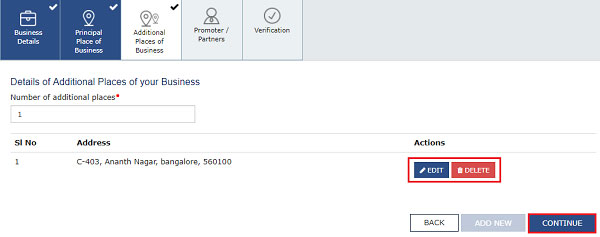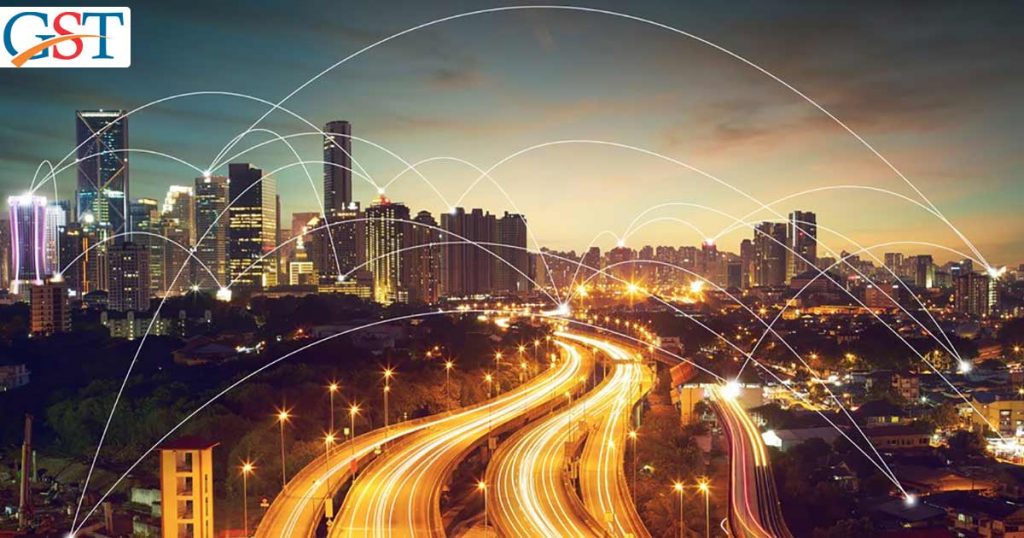The 35th GST council meeting has been live since today 21st June 2019 and the newly appointed Union finance minister Nirmala Sitharaman is set to discuss and initiate the council meeting for the first time in her position. There are some important suggestions and discussions backed by tax experts which are to be taken in the meeting.
Live Updates on 35th GST Council Meeting0
06:10 pm: “GST Council approves the transition to new GST return system“
05:50 pm: “Effective date to not allow e-way bill generation for not filing returns for >2 months, extended till Aug 21”
05:39 pm: “GST Council approves the proposal of the introduction of e-invoicing”
05:31 pm: “GST Council approves setting of state & area based GST Appellate Tribunal (GSTAT); some states to have more than one GSTAT”
05:20 pm: “GST rate cut on electric charger approved from 18% to 12% to enhance electric vehicle (EV) infrastructure.”
04:57 pm: “GST Council extends the due date for filing GSTR 9”
04:55pm: “GST Council approves an extension of National Anti-profiteering Authority by 2 years. Also, the penalty for not paying Profiteering charges & If the profiteered amount is not paid up to 30 days of order then there will be a 20% penalty. Business can use Aadhaar card for registration”
04:45 pm: “GST Council approves a two-year extension for National Anti-profiteering authority”
03:38 pm: “In her Opening Remarks, the Finance Minister, Smt. @nsitharaman further said that GST Council has much more work to do including simplification of GST Rules, rationalisation of GST rates &bringing more items in the ambit of GST among others.”
1.20 pm: “the Finance Minister Nirmala Sitharaman sought the cooperation of all the States & Union Territories in achieving the aspirations of the people at large & extended full cooperation from her side in achieving the desired goals”
1.10 pm: “The Union Finance Minister said that the share of the States in tax devolution has increased from 32% under 13th Finance Commission to 42% in 14th Finance Commission during the first tenure of the present Government”
1.05 pm: “In her Opening Remarks, the FM said that unprecedented level of devolution of funds has taken place from Centre to the States which has increased in recent times from Rs.8,29,344 Crore to Rs.12,38,274 Crore”
1.00 pm: “The FM further said that the Centre has the responsibility of setting the direction of the economic growth while it’s the responsibility of the States to implement in the field”
Below is the List of Expectations of 35th GST Council Meeting
Focus on Curbing Tax evasion
An important topic which is the most likely to be discussed in the upcoming GST council meeting is of the increasing tax evasions causing low GST collections. After providing sufficient relaxation to businesses during the first two years of the launch of the GST, the government is now ready to strengthen the compliance rules & requirements in order to curb tax evasion. This may include mandatory generation of e-voices, e-wall bill validation at toll plazas, etc. The new rules are expected to be applied to big companies first and eventually on all businesses.
Proposal for 50 Cr Turnover
The finance ministry may fix the 50 crore turnover threshold for the business firms to generate the e-invoice but on the centralised government online portal. The invoice will be generated for business-to-business (B2B) sales.
The decision can be taken on the basis of 68,041 businesses with a 50 crore turnover is of 66.6% total GST paid but are only 1.02% GST payer. Also to note that they are 30 per cent of B2B invoice generator.
“The Council is likely to meet before the General Budget so that its views could be included in the Budget,” a senior Finance Ministry official said.
Officials do understand the immediate need to iron out the issues so they have started making a detailed note on recommendations from various industries bodies for the new government so that the matter could be taken up by the GST Council on the hair-trigger basis.
Major issues, highlighted by the industry experts which need resolution on priority basis encompass inadequate precision in the concept of anti-profiteering, cross charge of employee cost such as salaries, overheads etc, eligibility to avail ITC relies on vendor’s compliance which affects working capital of the assessee, charging interest on false Input Tax Credit (ITC) claim, dual tax on ocean freight charged on the importers, ITC on services accompanying immovable property.
Understanding the urgent need of resolution of key issues like a cross charge of employee costs, double taxation on ocean freight, ambiguity on the computation of profits for anti-profiteering etc. Harpreet Singh, Indirect Tax Partner at KPMG said “Issuance of a Master Circular on all key open issues, similar to the one issued under the erstwhile service tax regime, perhaps could be a good idea for further streamlining the new regime,”
As far as the anti-profiteering issue is concerned, industry bodies are not endowed with precise information about the clause which lead to the bewilderment when it comes to fixing the selling prices for goods. The law needs to be improved and encompassed with the factors that offer clarity on the costs spent on account of shifting from GST to non-GST era.It also doesn’t specify the ways to pass on the perks by loss-making units. Considering all these facts , industrialists are emphasizing on the elaborating the provisions of the anti-profiteering clause so that a precise method of computing the benefit and tool for passing the said benefit can be adopted.
Cross charge of employee costs like salaries and overheads is another important issue which needs prompt settlement. The issue was accentuated when an Authority for Advance Rulings (AAR) said that activities served by corporate office based employees for the branch office situated in a different State (distinct person) shall be considered as a supply of service and thus GST would be exercised upon it.
It also states that the value of such supply will incorporate the cost of employees. Industry bodies insist solution about this and want that employee cost should not be cross charged from branches or other units running under a different GSTIN.
Industrialists hope to acknowledge the GST notifications and implementations of changes within the standard time period.













